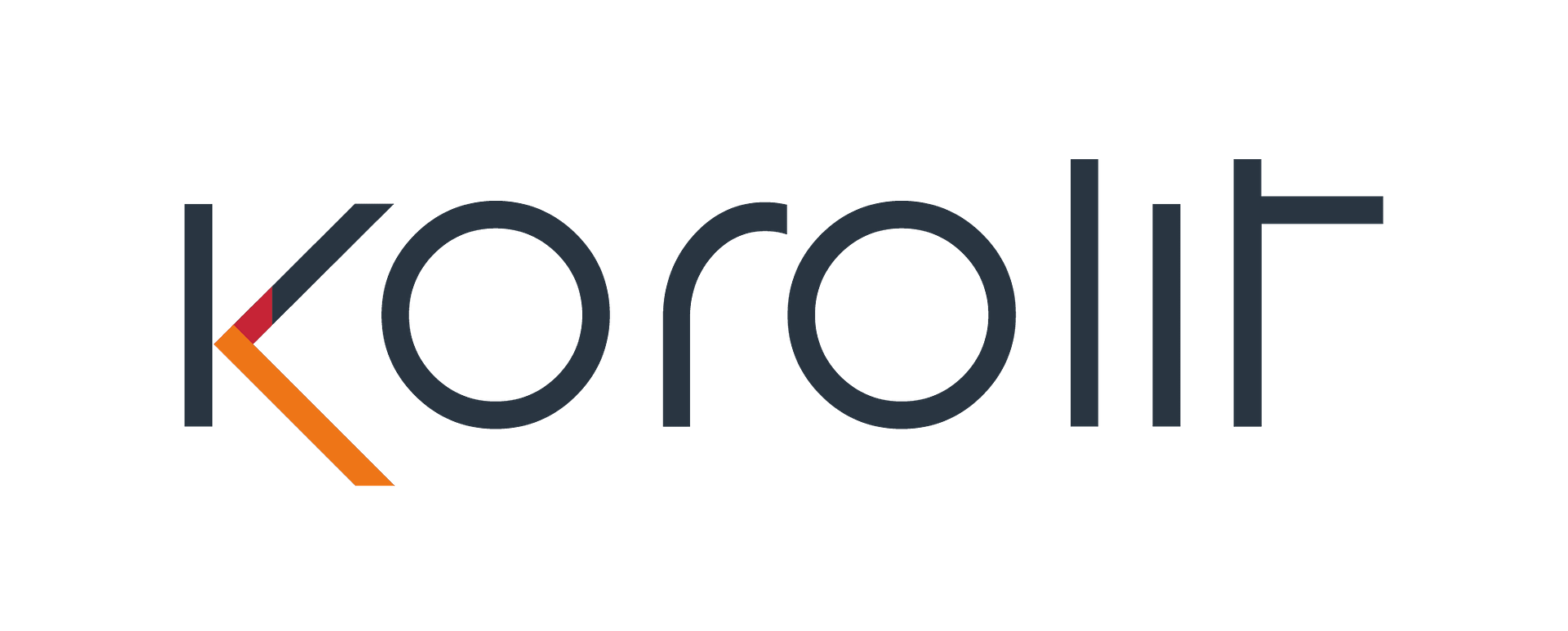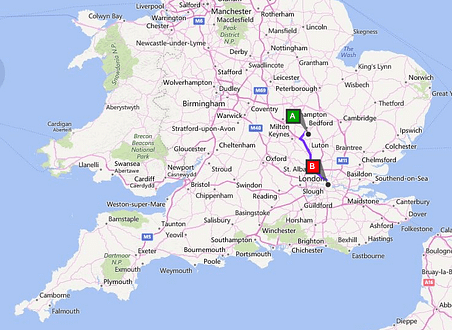Digital Strategy – Social Media Introduction
In this article we take a look at the social media channel options that are available to your organisation and provide some guidance on their application. This should be read in conjunction with our earlier blog post entitled ‘Digital Strategy’ as any social media initiative should form part of an overall business and digital strategy.
Our standard note here is that in the constraints of a short article we can only provide a brief overview and we recommend that you contact us directly at Korolit for further details, and an approach more aligned to the needs of your own organisation.
What do we want to achieve?
You need to have a clear idea of your overall objectives. Is it to build brand awareness, or to directly interact with your potential and existing clients to help drive sales of your products and services? You also need to fully consider your client’s challenges and goals and identify how your social media strategy will align to them.
Managing a social media initiative
To be blunt you need one throat to choke! Assign responsibilities for your social media initiative to a group, or in-experienced personnel and you might as well not bother! We strongly suggest that you invest to get some expert guidance on how best to review and develop an approach that best fits the needs of your organization.
Which channels should I use?
There are many different social media channels and a lot of change taking place across them. At this time, and for the purposes of this article, we have grouped them into the following categories:
- Social Networks (e.g. Facebook, Google+ and LinkedIn) – Shared websites that you to connect with other people of similar interests and background. Usually they consist of a profile, various ways to interact with other users and the ability to setup groups. The main effort involved is in the set-up of your site presence and then in issuing updates to maintain interest
- Social News (e.g. Digg & Reddit) – These are services that allow people to post various news items or links to outside articles and users can vote on the items. The items that get the most votes are displayed the most prominently hence the community decides which news items get seen by more people
- Media Sharing (e.g. YouTube, Flickr and Pinterest) – These allow you to upload and share pictures and video. As with social networks most also support additional social features such as profiles, commenting
- Micro-blogging (e.g. Twitter) – Very succinct updates that are shared with anyone subscribed to receive the updates
- Blogs (e.g Blogspot and WordPress) – These are dedicated areas where you can post articles. They can be restricted to a defined audience or public. Most support audience feedback facilities
- Forums – These are facilitated areas where registered members can raise topics and develop conversations.
A lot of convergence is taking place across these channels and many already share features such as Facebook with its micro-blogging features via “status update”.
Where do I start?
We would recommend that you at least reserve an identity for your company on Facebook, Google+, LinkedIn, YouTube and Twitter before someone else does!
Assuming you already have a website probably the next thing to add is a Twitter account. It’s an easy platform to learn and maintain with just 140 characters to worry about! The other one is LinkedIn and this can simply be a cut down version of your main website with the key products and services. We would also recommend Google+ to help boost your website search engine optimization (SEO)
What and where to post?
This where it starts to get more tricky as each social media channel has its own associated best practices and these are in turn need to be aligned to your organizations characteristics. Both LinkedIn and Google+ don’t need much initially but your Twitter feed needs a more streamed approach across the day. There are applications that can help (e.g. Buffer and Hootsuite) by allowing you to pre-load up content and to time it for issue.
You do need to understand what each channel is predominately used for to understand what content is appropriate. Some are visual and informal such as Facebook and Google+ hence events and more people centric insights into your organization are appropriate. Twitter is simple but requires some thought. You have to attract and retain interest in just 140 characters on a service that streams content to its users. Combine both updates on your company and more general comments and use attached links and files where appropriate (e.g. links to your blog and website).
Customer service
Social media is a great way to engage with your clients on service related areas and used correctly can help to drive client sat levels. However, it does need to be used carefully as those very same clients might be sharing feedback on bad services so approach with a degree of caution.
Driving sales?
Social media helps you to reach out and connect with a much wider audience and it can also help to drive more traffic into your sales efforts. A twitter post might highlight a new service and include a link to a blog with more details which might also provide a link to your website and a contact us page for further information. The key is to understand how the channels work, where and who your audience are and how best to move that interest to a sale for your business.
Measure
Our progressively digital worlds are generating more and more data and getting to the useful information is becoming critically important and a key ‘Big Data’ challenge. You need to understand what metrics you need and how to use these to understand what impact your social channels are having. Most social platforms offer their own analytics to help you understand your audience and just how effective your interaction with them is. It is, however, important to have a clear set of ‘success KPI’s’ as the analytical options can be both very comprehensive and confusing!
In summary
Social media is rapidly evolving and the way we classify and use it today will change over time. What is important is that you do not ignore it and wait for it to reach a more stable and mature stage. Your competitors will be actively developing their own on-line presence and using it to drive more business so start now!
If you have a website then you should have a company LinkedIn and Twitter account. You may not want to go much further at this stage but at least reserve your company name on the other sites for when you are ready!
If you don’t have in-house skills then we strongly recommend you bring in expertise and recruit skills people to drive your approach and activities in this area. Be clear on your objectives, what tells you are succeeding and how you will measure this. Ensure that any social media initiatives are fully integrated and aligned with your digital and organizational strategies.




